fastigiate Picea pungens
maackia
7 years ago
Featured Answer
Sort by:Oldest
Comments (22)
Sara Malone (Zone 9b)
7 years agoclement_2006
7 years agoRelated Professionals
Hyattsville Landscape Architects & Landscape Designers · Kapaa Landscape Architects & Landscape Designers · Richmond Heights Landscape Architects & Landscape Designers · Walnut Landscape Architects & Landscape Designers · Alamo Landscape Contractors · Burlington Landscape Contractors · Cincinnati Landscape Contractors · Euclid Landscape Contractors · Medford Landscape Contractors · North Ridgeville Landscape Contractors · Pleasant Prairie Landscape Contractors · Quincy Landscape Contractors · Woodbury Landscape Contractors · Markham Landscape Contractors · Eastlake Landscape ContractorsSara Malone (Zone 9b)
7 years agoplantkiller_il_5
7 years agoK G (Zone 5, central IA USA)
7 years agoEmbothrium
7 years agolast modified: 7 years agoSara Malone (Zone 9b)
7 years agoSara Malone (Zone 9b)
7 years agoEmbothrium
7 years agolast modified: 7 years agoSara Malone (Zone 9b)
7 years agoEmbothrium
7 years agolast modified: 7 years agoSara Malone (Zone 9b)
7 years agoEmbothrium
7 years agolast modified: 7 years agoSara Malone (Zone 9b)
7 years agolast modified: 7 years agomaackia
7 years agoconiferbros
7 years agoK G (Zone 5, central IA USA)
7 years agoEmbothrium
7 years agoUser
7 years ago
Related Stories
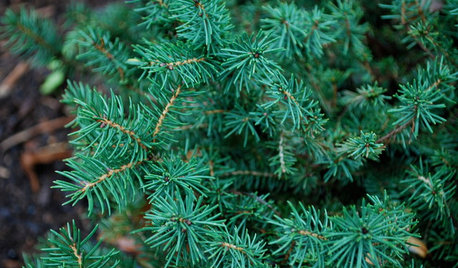
GARDENING GUIDESGreat Design Plant: Picea Abies ‘Nidiformis’
Bird’s nest spruce pulls its weight in the winter garden by providing structure and interest
Full Story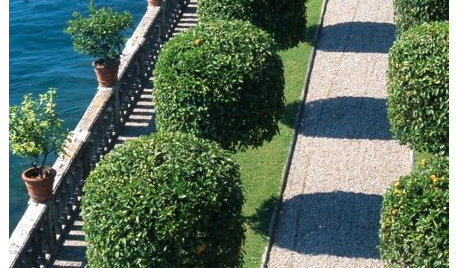
LANDSCAPE DESIGN5 Structural Plants to Frame Your Garden Beautifully
Consider these trees and shrubs live building blocks, providing structure and definition in even a small garden
Full Story
GARDENING GUIDESGrow Your Own Privacy: How to Screen With Plants and Trees
Use living walls to lower your home and garden's exposure while boosting natural beauty in your landscape
Full Story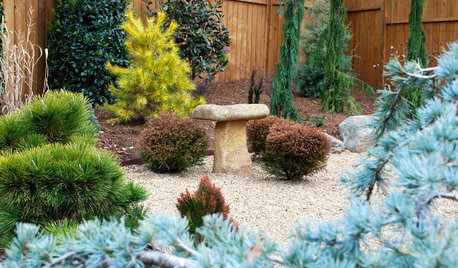
PLANTING IDEASDesigning With Conifers: Personality and Form in the Garden
Unique and full of interest, well-shaped conifers await a place your yard
Full Story
CHRISTMAS TREESWhy You Should Consider a Living Christmas Tree
Potted conifers last for years and can enrich the landscape. Here’s how to select and care for your tree
Full Story
GARDENING GUIDES12 Japanese Maples for a Sunny Garden
The right maple in the right place shines in hot summer sun
Full Story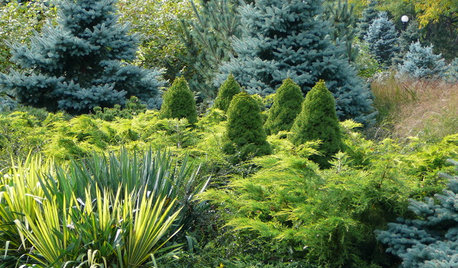
PLANTING IDEASDesigning With Conifers: Layers of Texture for Your Garden
Sharp and prickly or fine like ferns, richly textured conifers bring unexpected interest to the landscape
Full Story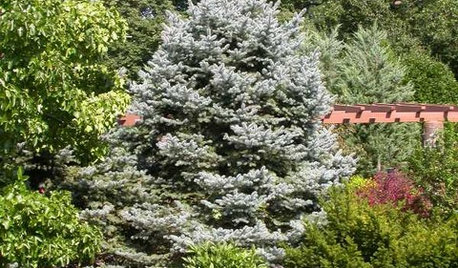
LANDSCAPE DESIGN10 Evergreens for Beautiful Foliage All Year
Give your landscape consistent color and structure with the emeralds, chartreuses and blues of evergreen trees and shrubs
Full Story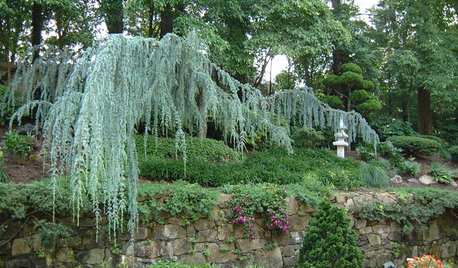
PLANTING IDEASDesigning With Conifers: Exploring Color
Colorful, structural and adaptable, conifers are waiting to transform your garden
Full Story
FALL GARDENING6 Trees You'll Fall For
Don’t put down that spade! Autumn is the perfect time for planting these trees
Full Story





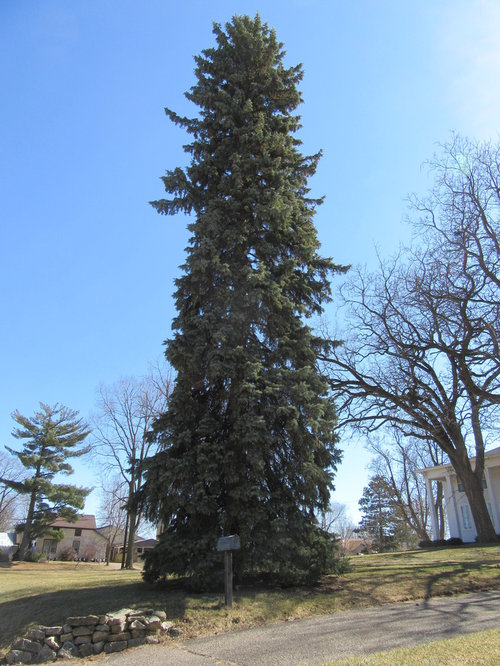










Ontario_Canada5a_USDA4b